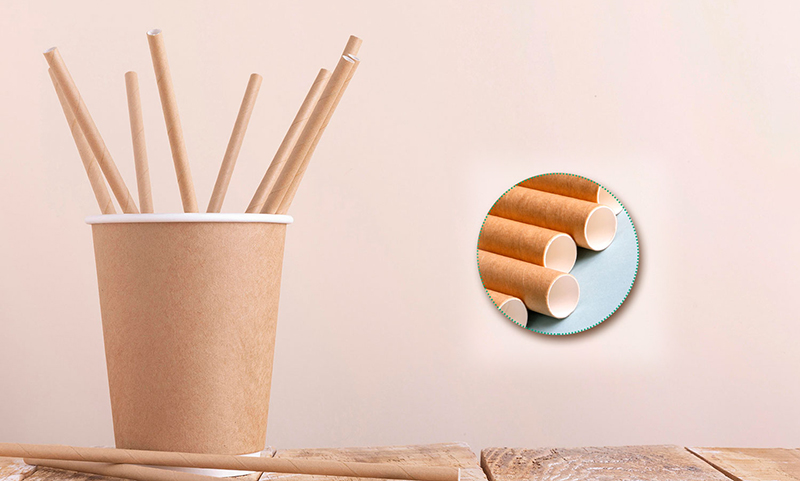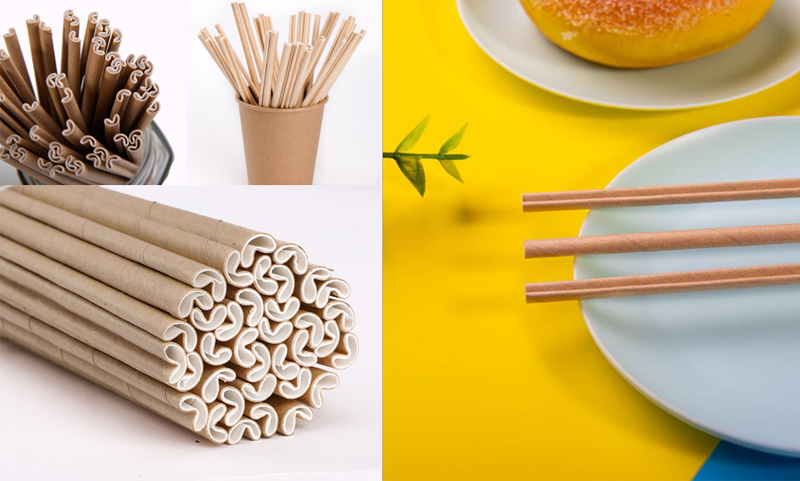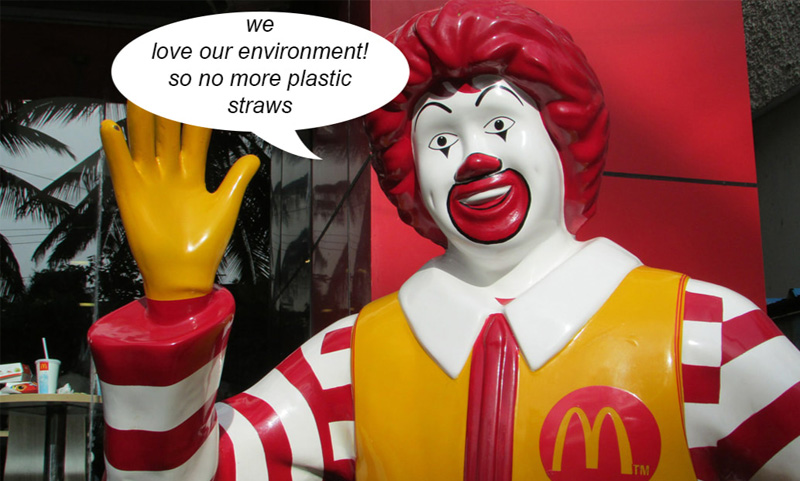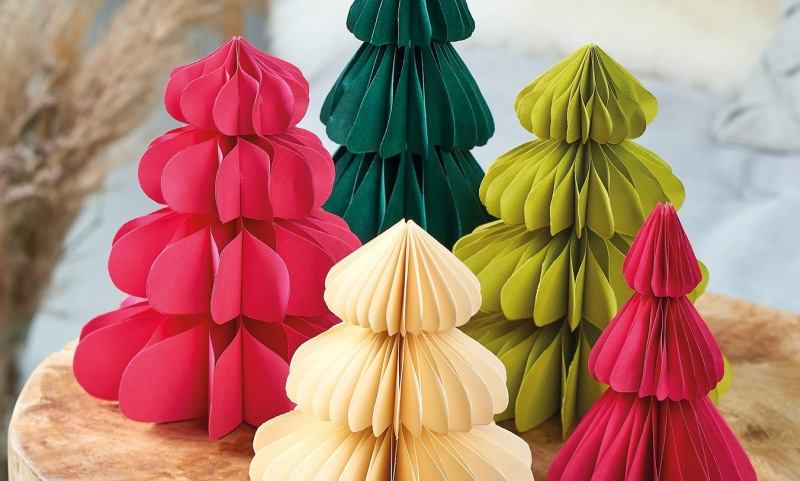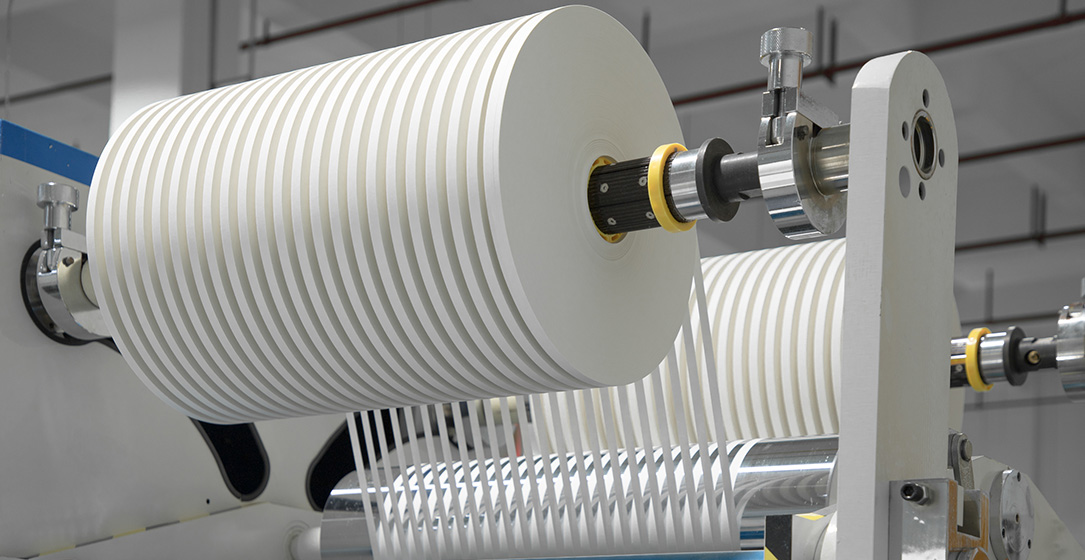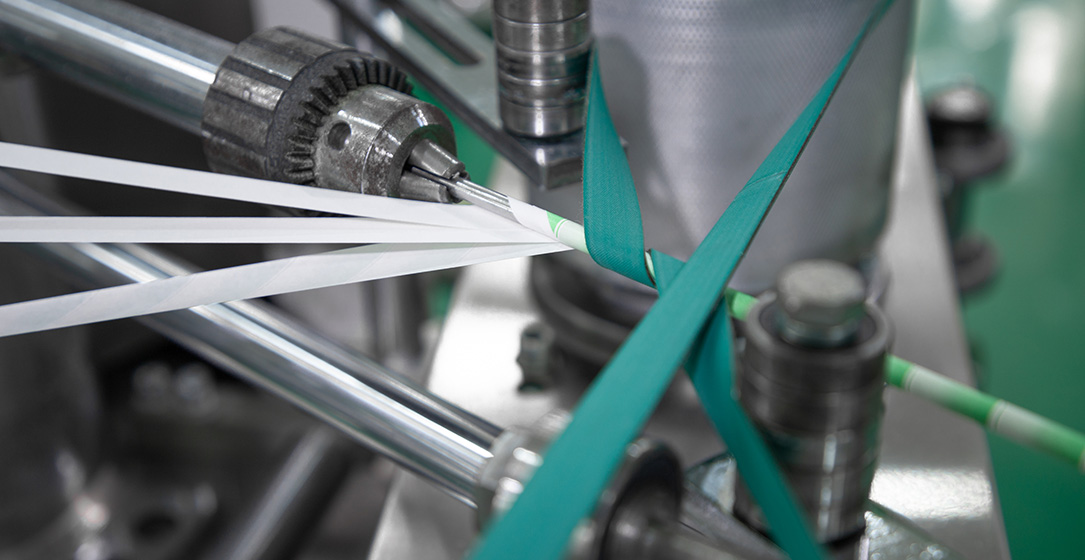
In the realm of aesthetics and creativity, paper decorations have carved out a niche for themselves as versatile and visually captivating adornments. From weddings to corporate events, and even home décor, paper decorations add a touch of elegance and charm to any setting. As the demand for unique and eco-friendly decorative solutions continues to rise, the paper decoration production market finds itself at the forefront of innovation and growth. In this blog, we'll delve into the intricacies of market demand for paper decoration production, examining the factors driving growth, the role of product technology, and the importance of paper decoration equipment in meeting consumer needs.
Understanding Paper Decoration Manufacturing
Before delving into market demand, it's crucial to understand the manufacturing process behind paper decorations. Paper decoration manufacturing involves a combination of traditional craftsmanship and modern technology. It begins with the selection of high-quality paper, chosen for its texture, color, and weight. Skilled artisans then cut, fold, and shape the paper into various forms, such as flowers, garlands, and ornaments. Product technology, including computer-aided design (CAD) software and automated machinery, enhances efficiency and precision in the manufacturing process. Additionally, specialized equipment such as cutting machines, folding machines, and printing equipment play a crucial role in bringing designs to life.
Factors Driving Market Demand
Several factors contribute to the growing market demand for paper decorations. One key driver is the increasing preference for eco-friendly and sustainable décor solutions. As environmental consciousness continues to rise, consumers are seeking alternatives to plastic and other non-biodegradable materials. Paper decorations, made from renewable resources and recyclable materials, offer a sustainable option without compromising on aesthetics.
Furthermore, the versatility of paper decorations appeals to a wide range of consumers across various industries. From event planners looking to create memorable experiences to homeowners seeking unique décor accents, paper decorations offer endless possibilities for customization and creativity. Additionally, the affordability of paper decorations compared to traditional décor materials makes them an attractive choice for budget-conscious consumers.
Role of Product Technology
Product technology plays a pivotal role in meeting the evolving demands of the paper decoration production market. Advancements in CAD software enable designers to create intricate patterns and designs with precision and ease. Automated cutting and folding machines streamline the manufacturing process, increasing efficiency and reducing production times. Moreover, printing equipment allows for customization and personalization, catering to the unique preferences of consumers. By embracing product technology, manufacturers can stay ahead of the competition and offer innovative solutions that resonate with the market demand.
Importance of Paper Decoration Equipment
Paper decoration equipment forms the backbone of the production process, ensuring quality and consistency in the final products. Cutting machines, equipped with sharp blades or lasers, accurately shape paper into desired forms, minimizing waste and maximizing efficiency. Folding machines expedite the assembly process, creating intricate designs with precision and speed. Printing equipment adds a personalized touch to paper decorations, allowing for custom designs and branding elements. By investing in high-quality equipment, manufacturers can enhance productivity, streamline operations, and meet the growing demand for paper decorations.
Meeting Consumer Needs
In today's dynamic market landscape, understanding consumer needs and preferences is paramount to success. Market research plays a crucial role in identifying emerging trends, consumer preferences, and market opportunities. By staying attuned to market demands, manufacturers can tailor their product offerings to meet consumer needs effectively. Additionally, maintaining open channels of communication with customers allows for feedback and insights that can inform product development and innovation.
Sustainable Practices
As sustainability becomes increasingly important to consumers, adopting eco-friendly practices is essential for long-term success in the paper decoration production market. This includes sourcing materials from responsibly managed forests, minimizing waste and energy consumption, and exploring alternative materials and production methods. By prioritizing sustainability, manufacturers can not only meet consumer expectations but also contribute to environmental conservation efforts.
Conclusion
In conclusion, the market demand for paper decoration production continues to grow, driven by factors such as sustainability, versatility, and affordability. By leveraging product technology, investing in paper decoration equipment, and staying attuned to consumer needs, manufacturers can capitalize on this growing demand and drive innovation in the industry. As the market evolves, embracing sustainable practices and maintaining a customer-centric approach will be key to long-term success in the paper decoration production market.




